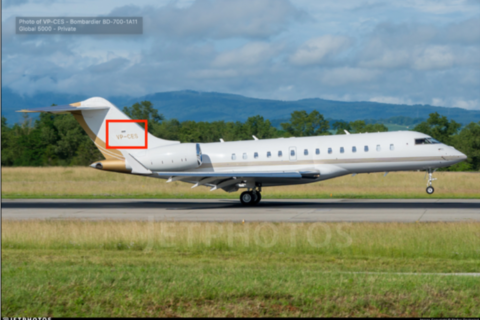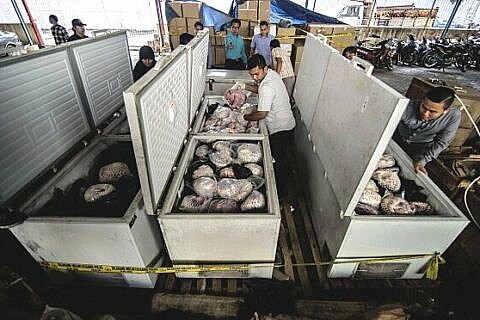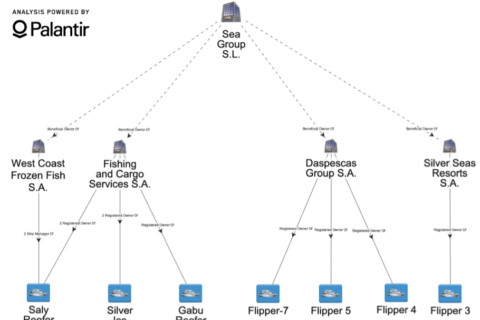Safe Harbor
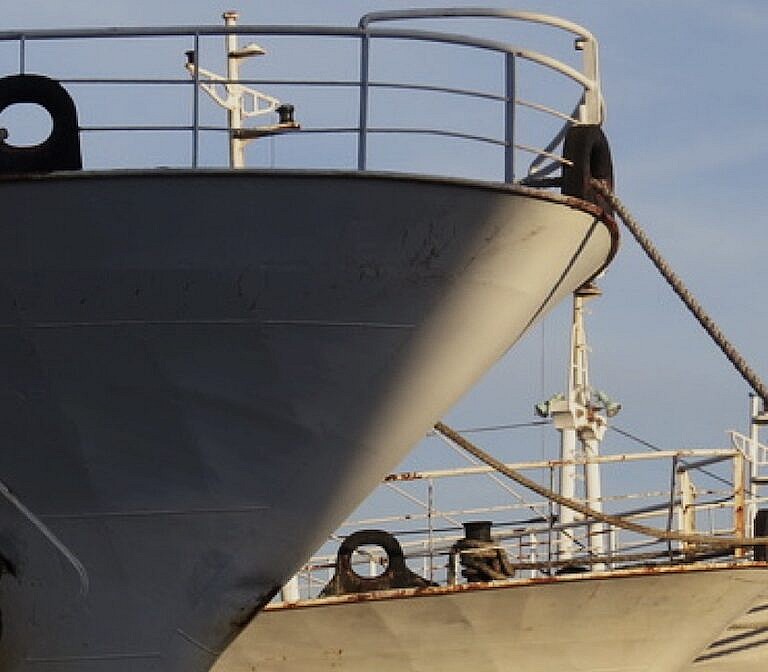
Executive Summary #
Forced labor in the fishing industry functions by cutting fishers off from the rest of the world. It is the brief interludes during which vessels are at port and subject to greater regulatory oversight that provide the best opportunity for the identification and disruption of ongoing cases of forced labor. As such, understanding which ports and port states are most often frequented by vessels using forced labor is critical for optimally allocating resources to identify victims and pursue perpetrators. This analysis uses C4ADS case data to identify the most common port states and individual ports that are visited by vessels known to be employing forced labor.
For many cases of forced labor, it is near impossible to gain information about port calls. The C4ADS Forced Labor in Fishing Case Database captures this information from a combination of victim interviews, C4ADS partner information sharing networks, and open source reporting. Using this resource, C4ADS documented over 160 port calls related to 59 cases of forced labor.
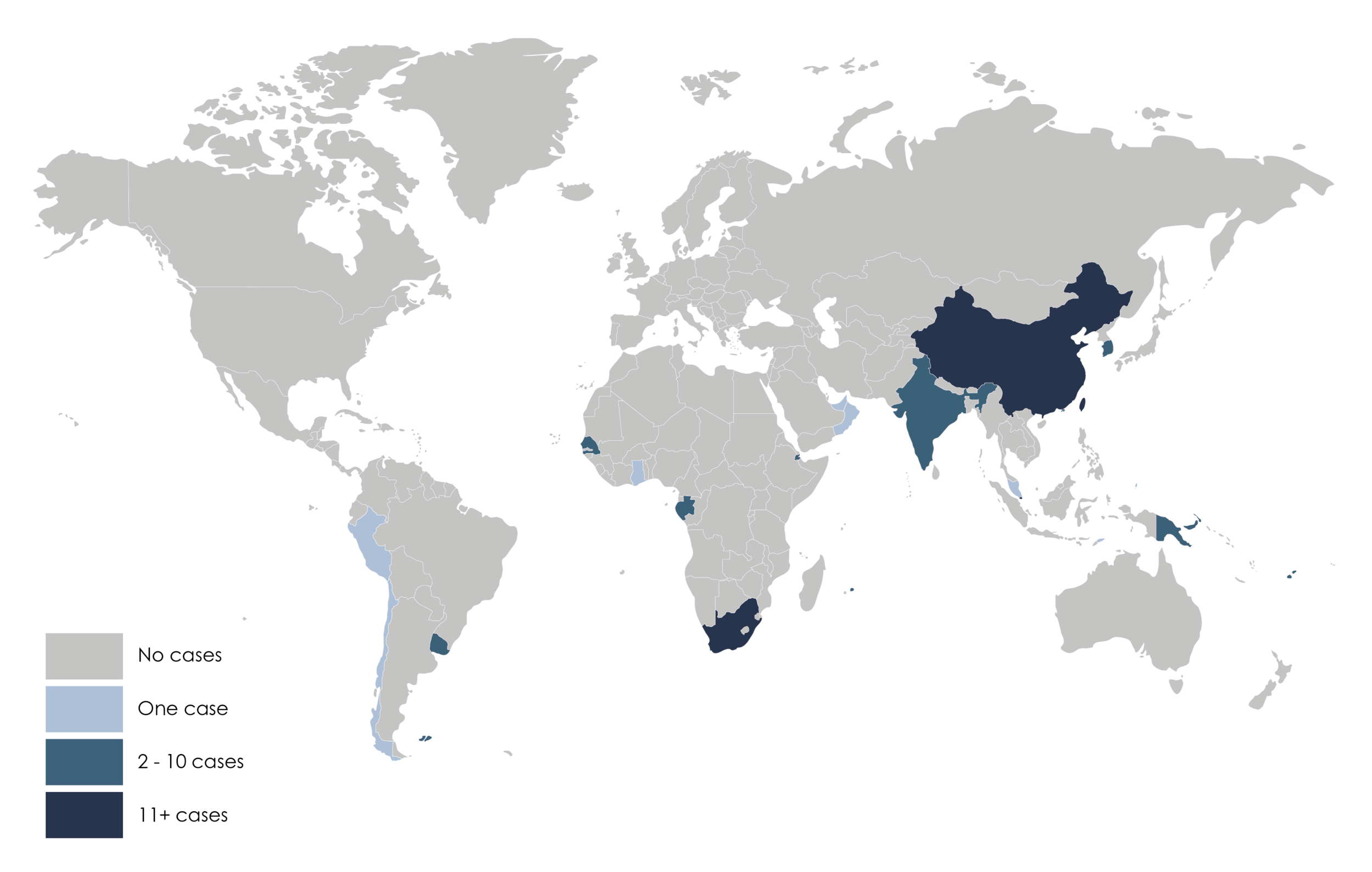
According to the dataset, twenty-three port states and 34 individual ports were visited by fishing vessels using forced labor. Taiwan, Singapore, China, and South Africa were port states for the greatest number of cases and had the greatest total number of individual port calls by vessels using forced labor. While cases involving Taiwan, Singapore, and South Africa primarily occurred at a single port – Kaohsiung, Singapore, and Cape Town, respectively – port calls in China were more evenly distributed across 10 ports.
Through identifying these ports and port states, and the factors that may lead to their prevalence, stakeholders around the world can invest resources & research into stopping forced labor in fishing at this key yet under-examined chokepoint for forced labor in fishing.
